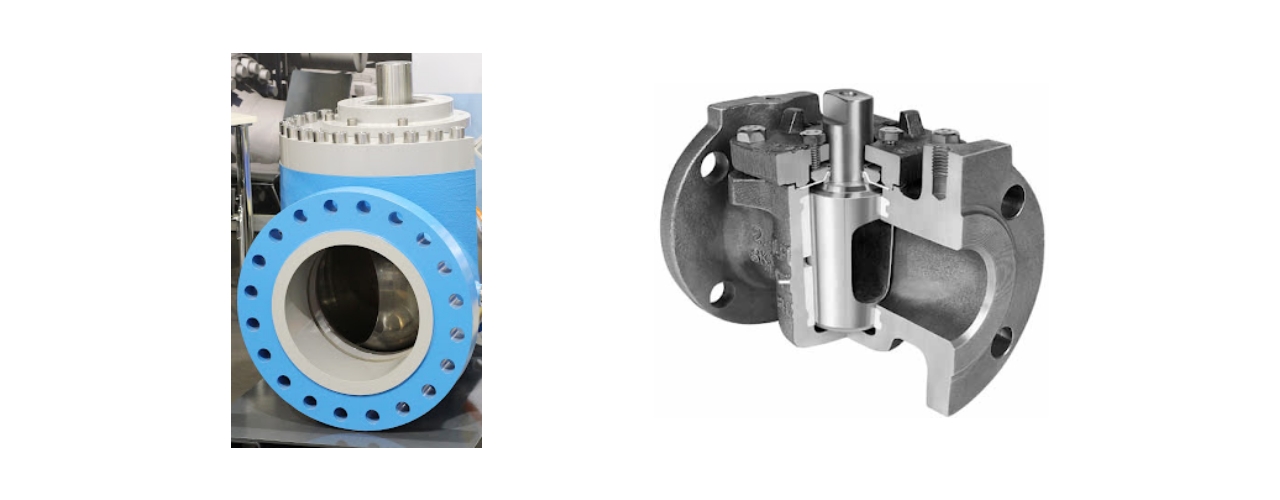- Contact Us
- Call Us
- Menu

When a gas pipeline is constructed it is divided up into segments using block valve stations. This enables various sections to be isolated for inspection and maintenance. The block valve is typically a full-bore, soft seated ball valve to allow for “pigging”, a practice that includes cleaning and inspecting the pipeline. However, it is not recommended that soft seated ball valves be opened against full differential pressure as damage to the valve seats can occur. To mitigate valve seat damage, a bypass system is installed around the main block valve to balance the pipeline pressure prior to opening. For these bypass requirements, plug valves are commonly used because their inherent design tolerates full differential pressure and allows for the opening and throttling without damage.
For any given section of pipeline, the block station valve opening process begins after completion of inspection and/or maintenance has been completed and this section is now ready to be returned to service.
Because the block valve (often is a soft seated ball valve) is exposed to full differential pressure, it faces a huge pressure drop across the valve as it opens. The pressure drop generates high velocity flow, very often accompanied by scale, rust and dirt particles. These particles come in contact with the valve seats resulting in seat erosion and damage. Once the valve seats are damaged, the block valve cannot seal bubble tight once closed. To avoid the block valve seats from being exposed to high velocity, erosive particles, a bypass is utilized to balance the pressure either side of the block valve prior to the opening of the block valve.

A typical bypass system includes two (2) bypass valves and One (1) vent valve. With the vent valve closed, the first of two bypass valves (Bypass Valve 1) is opened allowing pressure into the bypass piping. Usually, a plug valve is be used because it can tolerate full differential pressure without seat damage. Next, bypass the second bypass valve (Bypass Valve 2) is slowly opened, gradually building pressure in the downstream section of the pipeline until the pressure either side of the main block valve is equalized. Plug valves are also commonly used here because they are capable of controlling the flow without seat damaged.
With the pressure now equalized in the pipeline, the block valve can be opened safely, without the risk of seat damage. Bypass valves 1 & 2 have done their jobs and are now fully closed, providing bubble tight shutoff for the main pipeline.
Block stations are required occasionally vent a section of the pipeline to atmosphere. This too is a demanding application, with the valve being exposed to full differential pressure. This operation starts with all valves in the system being closed. Bypass valve 1 is then opened allowing pressure into the bypass station system. The vent valve is now slowly opened to release the pipeline pressure. Plug valves are commonly used here again to ensure bubble tight isolation to the atmosphere once closed.